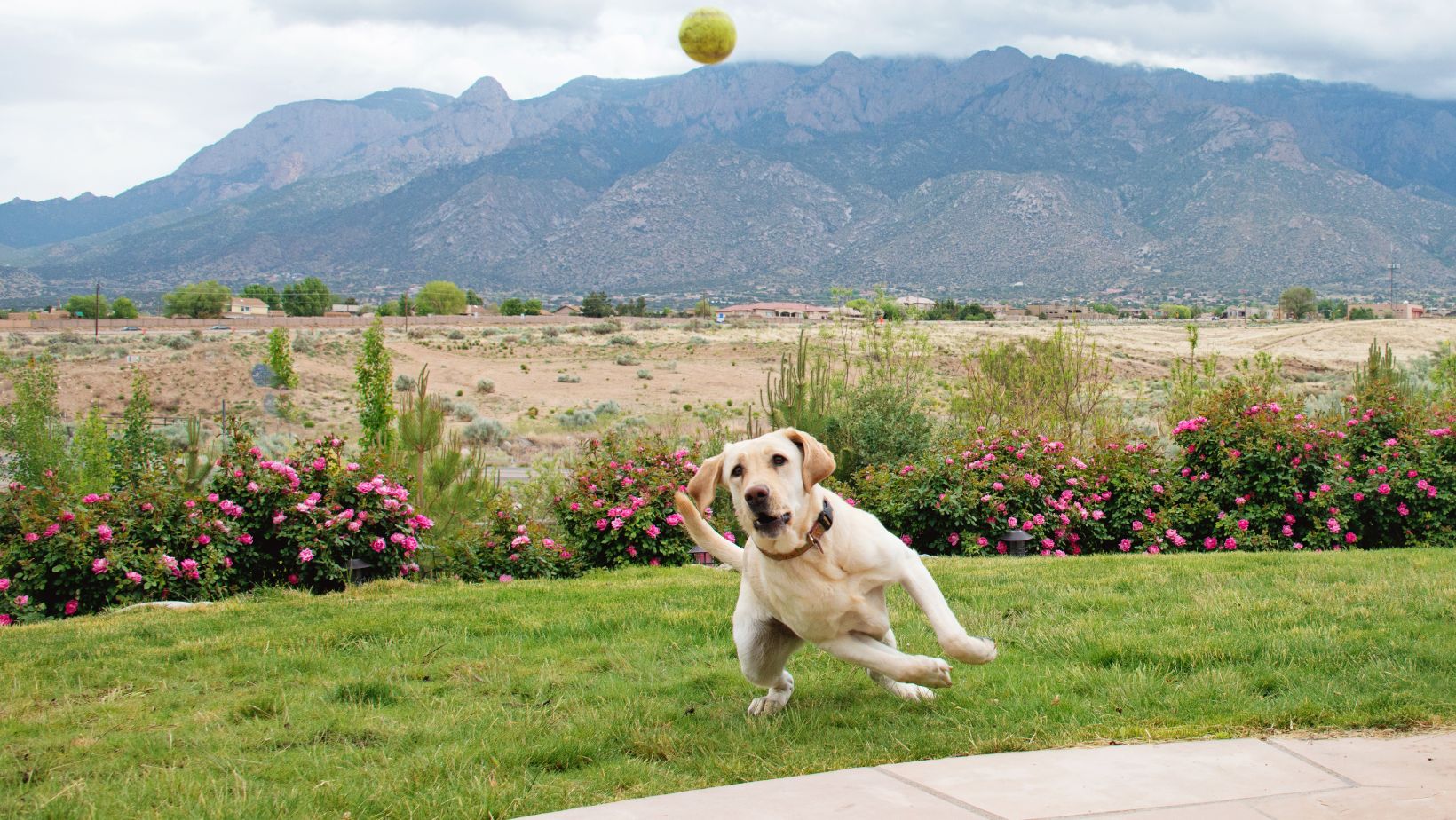How to Calm Down an Aggressive Dog
Are you struggling to calm down an aggressive Labrador? Don’t worry, I’ve got you covered! In this article, I’ll share a few steps that can help reduce aggression in Labradors and restore peace in your home. Dealing with an aggressive dog can be challenging, but with the right approach and patience, you can make a positive difference in their behavior.
Firstly, it’s important to understand that aggression in dogs is often a result of fear, anxiety, or territoriality. One effective way to calm down an aggressive dog is by providing them with a safe and secure environment. Create a designated space where they feel comfortable and minimize triggers that may lead to aggression.
Additionally, consistent training plays a crucial role in reducing aggression. Teach your Labrador basic commands such as “sit,” “stay,” and “leave it.” This not only establishes your authority but also gives them clear boundaries. Positive reinforcement techniques like treats and praise can be highly effective in shaping their behavior.
Remember, calming down an aggressive dog takes time and effort. It’s important to consult with a professional trainer or behaviorist who specializes in dealing with canine aggression if the problem persists. Stay patient, understanding, and committed throughout the process – together we’ll help your Labrador become a well-behaved companion!
Understanding Aggression in Labradors
Aggression is a complex behavior that can manifest in Labradors for various reasons. As responsible dog owners, it’s crucial to have a deeper understanding of this issue in order to address it effectively and ensure the safety and well-being of both our furry friends and those around them.
Common Triggers of Aggression
Labradors, like any other breed, can exhibit aggression due to a range of triggers. It’s important to identify these triggers so that we can take proactive steps to minimize their impact. Some common triggers include:
- Fear: When feeling threatened or scared, Labradors may respond with aggression as a way to protect themselves.
- Resource guarding: Dogs may become aggressive when they perceive their food, toys, or territory being threatened by others.
- Lack of socialization: Insufficient exposure to different environments, people, and animals during the critical early development stages can lead to fear-based aggression later on.
- Pain or discomfort: Physical discomfort or underlying medical conditions can contribute to aggressive behavior in Labradors.
Recognizing Signs of Aggression in Labradors
Spotting the signs of aggression is crucial for early intervention. By recognizing these signs, you’ll be better equipped to manage your Labrador’s behavior and prevent potential incidents. Look out for the following indicators:
- Growling or snarling
- Bared teeth
- Stiff body posture
- Prolonged direct staring
- Raised hackles (the hair along their spine)
- Lunging or snapping
Remember that each dog is unique, so signs of aggression may vary. It’s essential not only to observe your Labrador but also consult with a professional trainer or veterinarian if you have concerns about their behavior.
